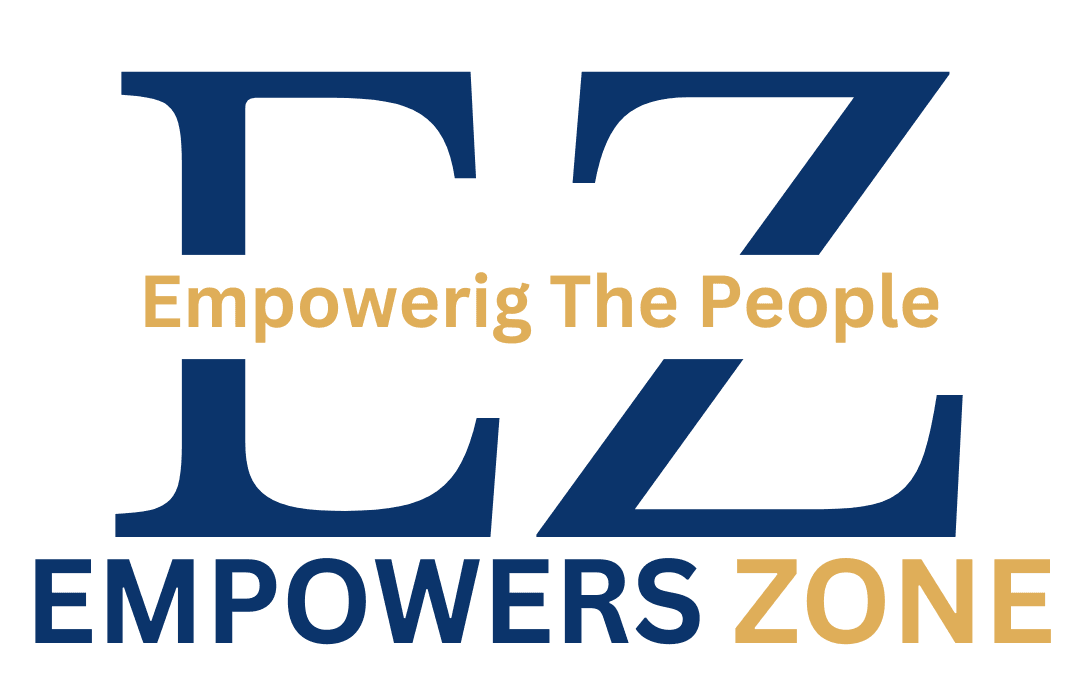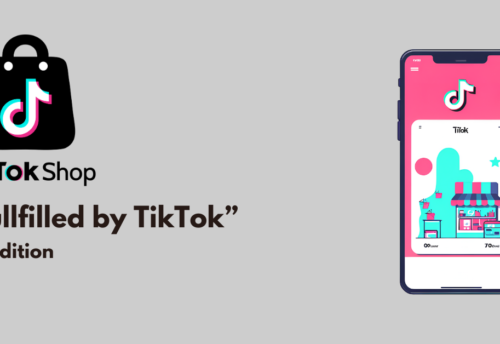
Amazon FBA and Amazon FBM: Which Fulfillment Method is Right for Your Business in 2025?
When it comes to selling on Amazon, one of the most critical decisions you’ll make is choosing the right fulfillment method. Amazon offers two primary options: Fulfillment by Amazon (FBA) and Fulfillment by Merchant (FBM). Both have their unique advantages and challenges, and understanding the differences between Amazon FBA and Amazon FBM is essential to maximizing your profits and streamlining your operations.
In this blog, we’ll dive deep into the world of Amazon FBA and Amazon FBM, exploring what they are, how they work, and which one might be the best fit for your business. Whether you’re a seasoned seller or just starting, this guide will help you make an informed decision.
What is Amazon FBA?
Amazon FBA (Fulfillment by Amazon) is a service where Amazon handles the storage, packaging, and shipping of your products. When you opt for Amazon FBA, you send your inventory to Amazon’s fulfillment centers. Once an order is placed, Amazon picks, packs, and ships the product to the customer. They also handle customer service and returns on your behalf.
Key Features of Amazon FBA:
- Storage: Amazon stores your products in their warehouses.
- Shipping: Amazon manages the shipping process, including Prime eligibility.
- Customer Service: Amazon handles customer inquiries and returns.
- Prime Eligibility: FBA products are eligible for Amazon Prime, which can boost sales.
What is Amazon FBM?
Amazon FBM (Fulfillment by Merchant) is a fulfillment method where the seller is responsible for storing, packing, and shipping their products. With Amazon FBM, you maintain full control over your inventory and fulfillment process. This method is ideal for sellers who prefer to handle logistics themselves or have unique shipping requirements.
Key Features of Amazon FBM:
- Inventory Control: You store and manage your inventory.
- Shipping: You handle the packing and shipping of orders.
- Customer Service: You are responsible for addressing customer inquiries and returns.
- Flexibility: You have more control over shipping methods and packaging.
Also Read: Walmart Seller Account: A Beginner’s Guide to Selling on Walmart Marketplace
Amazon FBA vs. Amazon FBM: Key Differences
To better understand whether Amazon FBA or Amazon FBM is right for you, let’s compare the two fulfillment methods across several key factors:
1. Costs
- Amazon FBA: While Amazon FBA offers convenience, it comes with fees, including storage fees, fulfillment fees, and referral fees. These costs can add up, especially if your products are slow-moving or require long-term storage.
- Amazon FBM: With FBM, you avoid Amazon’s fulfillment fees, but you’ll need to account for your own storage, packaging, and shipping costs. This can be more cost-effective if you have efficient logistics in place.
2. Control Over Operations
- Amazon FBA: Amazon takes care of most operational tasks, which can save you time but also means less control over the fulfillment process.
- Amazon FBM: You retain full control over your operations, from inventory management to shipping. This can be beneficial if you want to maintain a hands-on approach.
3. Prime Eligibility
- Amazon FBA: One of the biggest advantages of FBA is that your products are automatically eligible for Amazon Prime, which can significantly increase your sales.
- Amazon FBM: FBM products are not automatically Prime-eligible, but you can opt for the Seller Fulfilled Prime program if you meet Amazon’s requirements.
4. Scalability
- Amazon FBA: FBA is ideal for scaling your business, as Amazon’s infrastructure can handle large volumes of orders without requiring additional effort on your part.
- Amazon FBM: Scaling with FBM can be more challenging, as you’ll need to manage increased inventory and shipping demands yourself.
5. Customer Experience
- Amazon FBA: Amazon’s reputation for fast and reliable shipping can enhance the customer experience, leading to higher satisfaction and repeat business.
- Amazon FBM: The customer experience with FBM depends on your ability to meet or exceed Amazon’s shipping and service standards.
Pros and Cons of Amazon FBA
Pros:
- Prime Eligibility: Access to millions of Prime customers.
- Time-Saving: Amazon handles storage, shipping, and customer service.
- Credibility: Customers trust Amazon’s fulfillment process.
- Global Reach: Amazon’s international fulfillment network can help you expand globally.
Cons:
- Higher Costs: Fees can eat into your profit margins.
- Less Control: You have limited control over the fulfillment process.
- Storage Limits: Long-term storage fees can be costly for slow-moving inventory.
Pros and Cons of Amazon FBM
Pros:
- Lower Costs: No fulfillment fees, making it cost-effective for certain businesses.
- Full Control: You manage every aspect of the fulfillment process.
- Customization: You can create personalized packaging and branding.
- Flexibility: You can choose your own shipping carriers and methods.
Cons:
- No Prime Eligibility: FBM products are not automatically Prime-eligible.
- Operational Burden: Managing fulfillment can be time-consuming.
- Customer Service Responsibility: You must handle all customer inquiries and returns.
Which is Better: Amazon FBA or Amazon FBM?
The choice between Amazon FBA and Amazon FBM depends on your business model, budget, and goals. Here are some scenarios to help you decide:
Choose Amazon FBA If:
- You want to leverage Amazon Prime to boost sales.
- You prefer a hands-off approach to fulfillment.
- You’re looking to scale your business quickly.
- You sell small, fast-moving products.
Choose Amazon FBM If:
- You want to maintain control over your fulfillment process.
- You have unique shipping or packaging requirements.
- You sell large or slow-moving items with lower turnover.
- You want to reduce fulfillment costs.
Tips for Success with Amazon FBA and FBM
For Amazon FBA:
- Optimize Your Inventory: Avoid long-term storage fees by managing your inventory effectively.
- Monitor Fees: Keep an eye on fulfillment and storage fees to ensure profitability.
- Leverage Prime: Use Prime eligibility to attract more customers.
For Amazon FBM:
- Streamline Operations: Invest in efficient inventory and shipping systems.
- Focus on Customer Service: Provide excellent service to build trust and loyalty.
- Consider Seller Fulfilled Prime: If eligible, this can give you access to Prime customers.
Final Thoughts
Both Amazon FBA and Amazon FBM have their unique advantages and challenges. The right choice depends on your business needs, budget, and long-term goals. If you’re looking for convenience and scalability, Amazon FBA might be the better option. On the other hand, if you prefer control and cost-efficiency, Amazon FBM could be the way to go.
Ultimately, many sellers find success by using a combination of both methods. For example, you might use FBA for fast-moving products and FBM for larger or custom items. By understanding the differences between Amazon FBA and Amazon FBM, you can make an informed decision that aligns with your business strategy.




Leave a Comment